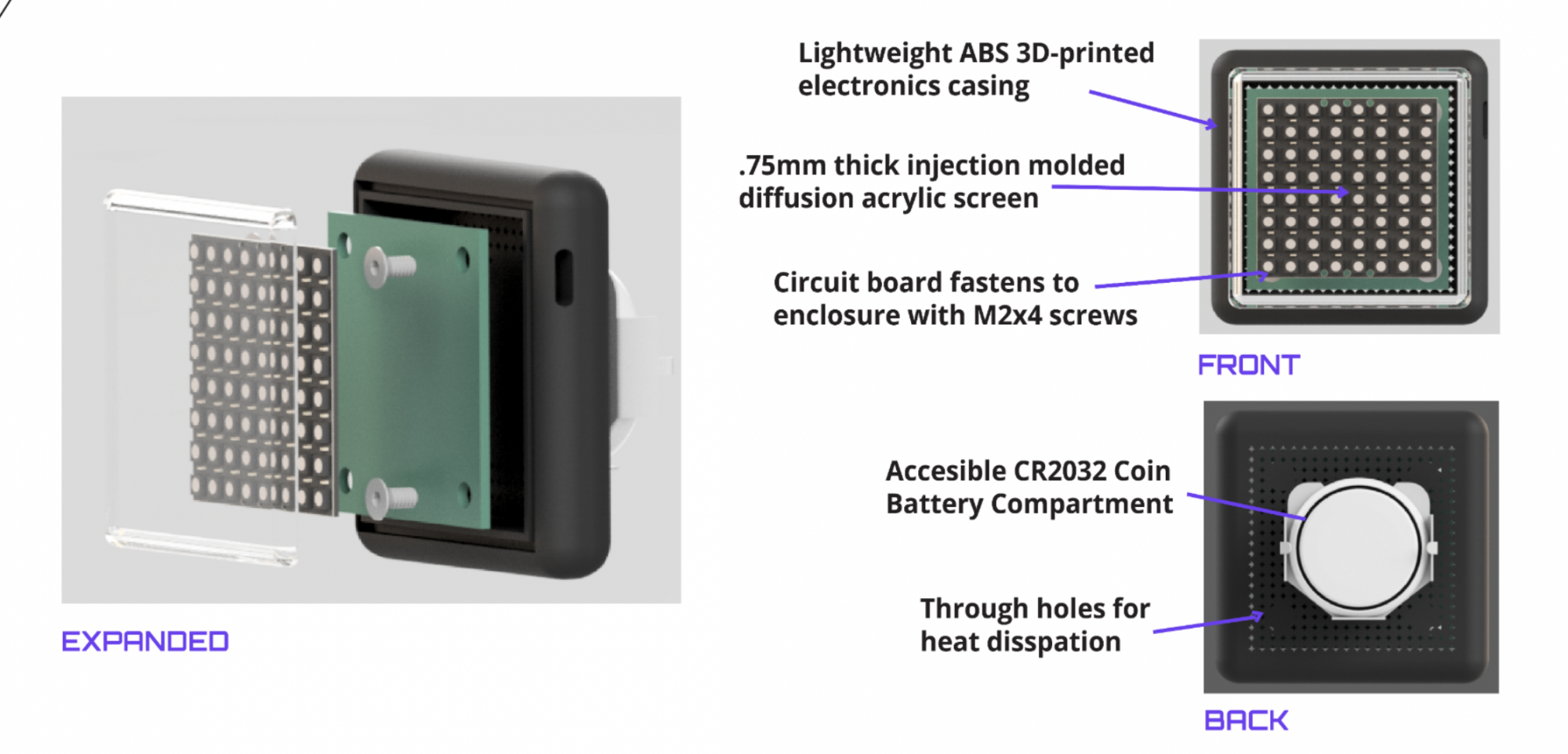What are the most significant risks that could jeopardize the success of the project? How are these risks being managed? What contingency plans are ready?
We anticipate that we may run into issues during the integration process, specifically in regards to the BLE communication between the software and hardware sides. At the moment we are managing this by ensuring we are using compatible libraries, hardware etc. to minimise potential challenges. On the hardware side, we may run into issues regarding PCB design, because none of our group members have PCB experiences, the PCB design process may take longer than our expectation. We manage this by starting the PCB design early. In particular, we already started the PCB file in fusion360 and should have a baseline circuit design by the design presentation to demonstrate our baseline circuit connection.
Were any changes made to the existing design of the system (requirements, block diagram, system spec, etc)? Why was this change necessary, what costs does the change incur, and how will these costs be mitigated going forward?
At this point in time we have not made any significantly large changes to our project. As we are still in the early stages of the design process, we have not yet run into significant bottlenecks that would require a re-evaluation of our proposed solution. We are currently conducting as much research as possible to construct holistic plans with a range of backup solutions. We hope that if we encounter issues during testing and development, this will allow us to make minor adaptations to our design without a large lapse in productivity. On the hardware side, we made more detailed circuit diagram and started the PCB file in fusion360. This change is necessary because we on in the process of refining the circuit design and plans to get PCB working as soon as possible.
Provide an updated schedule if changes have occurred.
There are no updates to our schedule as of now.
Please enumerate one or more principles of engineering, science and mathematics that your team used to develop the the design solution for your project.
In the past week, we thought more about user experience and how that affects our design choices. Specifically, while it’s easier to connect a battery pack to the earrings, we still want to incorporate a battery socket in our PCB to maximize user comfort.
